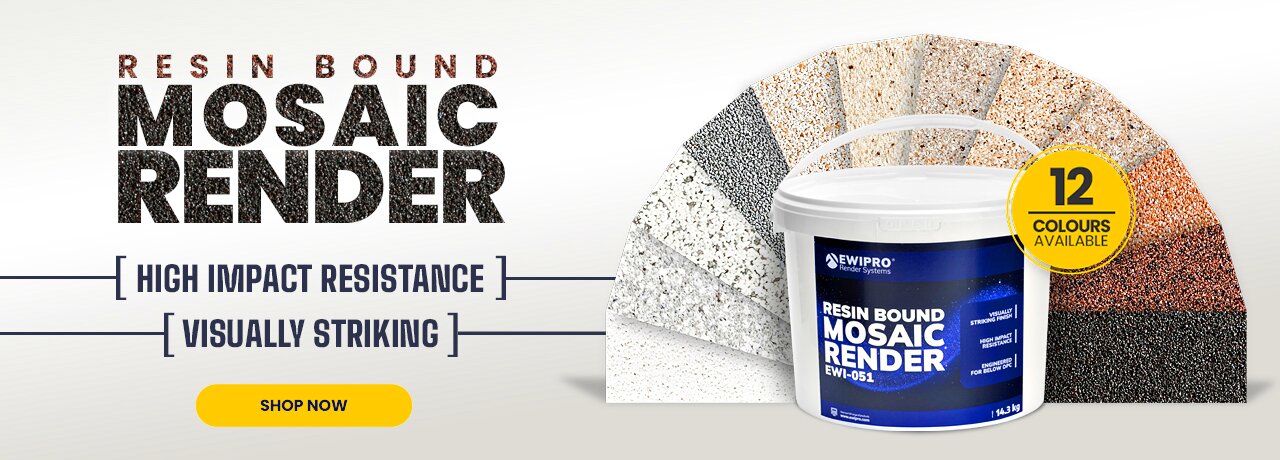Tried, Tested & Trusted – Our Customer Favourites
Log in to save items on your shopping lists and access them on all your devices. Guest lists are deleted after 90 days.

Premium Bio Silicone Render (EWI-076) - 25kg
SELECT OPTIONS
Brand: EWI Pro
FROM
£113.39
Incl. VAT
FROM
£94.49
Excl. VAT

Silicone Render (EWI-075) – 25KG
SELECT OPTIONS
Brand: EWI Pro
FROM
£83.99
Incl. VAT
FROM
£69.99
Excl. VAT
Exclusive
Trade Account Discounts
Dedicated
Account Manager
Flexible
Credit Terms (T&Cs Apply)

















